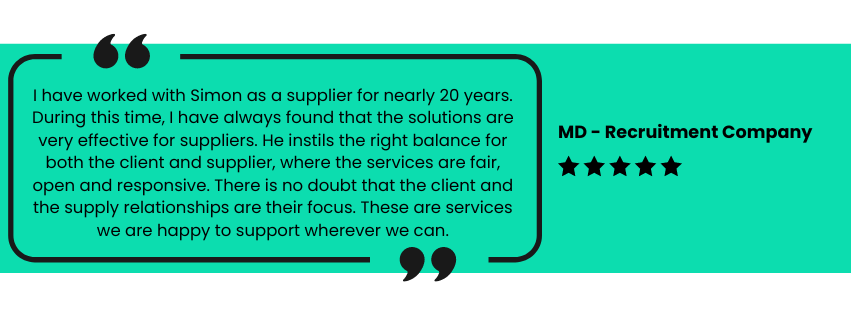Key Considerations When Implementing a Recruitment Technology
Deciding to implement new technology into any business is a big decision, considering functionality, user experience, and if it will improve the overall efficiency of the business to justify the expense.
In recruitment the Applicant Tracking Systems, or ATS, technology is becoming increasingly more advanced. But that doesn’t mean that each system is suited to every business. This article helps to highlight some of the key considerations when deciding which ATS to implement.
How does the applicant experience feel?
Remember, the market is moving towards mobile application. Too long a process will lead to potential candidates abandoning the application. Key consideration – if it takes longer than 5 minutes, then your success will diminish. If the system asks for the applicant to create IDs and passwords, the chances are they will either stop right there, or their return to the system will be hindered. If you want the applicant to refresh their application/CV then help them by keeping it simple, and barrier free.
Is the system intuitive?
If the system defies logic, or over complicates any step, then take up by the applicant, hiring manager, internal and external recruiters diminishes. Time spent evaluating the software, and your use of that software, is significant. Good systems, managed or designed with poor process flows, will fail. Check how the system flows, the ease of use with job board integration, and access to tailored reporting.
Does the system work for all parties?
Many times systems are designed or purchased from the client’s experience only. Make sure that the system fits for both your organisation, and the applicants you wish to attract. Make sure you know what all parties experience in their interaction/journey with the product. Remember, a poor applicant experience will become their experience of you as a business.
How easily does it get the message across? Does it reflect the company tone of voice?
There are a few things to consider here. How easy is it for you to post onto the various job boards and how does it use social media? Does it help create a career site/landing page that portrays your culture to the applicant? Does it draw them into the application process with ease? Does it facilitate questions and answers in a fluid and real way? Does it become a typical black hole service, or does it keep the applicant informed throughout the application process? Does it create an experience that goes beyond the initial application step? Will it keep candidates ‘warm’ until future suitability leads towards a better fit opportunity for them?
Does the system have flexibility in design?
Can we mould the ATS to reflect their hiring approach, or does it require compromises to be made? Each recruiter has their own idiosyncratic way of managing the hiring process, and therefore, should be able to customise the system to adapt to their preferred approach. The ATS is a tool to aid the process by making the recruiter’s workload lighter, and therefore, should have the adaptability to fit around their pattern of work.
How is the end user client supported?
It is important to know where the ATS support based and if it is 24/7? Can you access the support you need, when and how you need it? Things DO go wrong, and when they do, you need someone to be accountable and responsive. This is an area where security of the data is essential. Having a strong and well-designed Service Level Agreements with your service provider from the beginning, with clearly defined escalation procedures and next-steps will give you reassurance
At OPERAM Managed Solutions we have vast experience in implementing ATS systems for clients, helping them to choose the best fit for their unique business. We have developed relationships with the top providers so that we can provide the best offers for our clients. If you have any questions about implementing an ATS system, you can call us on 01925 907008 or email enquiry@operamms.com
Click here to download this article in PDF on the Key Considerations When Implementing an ATS








